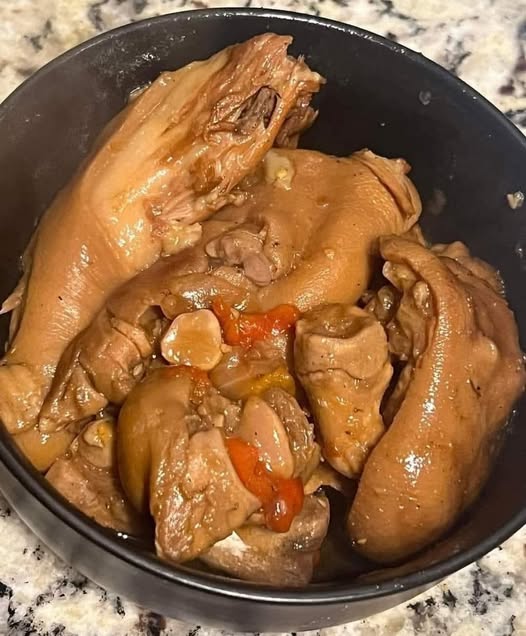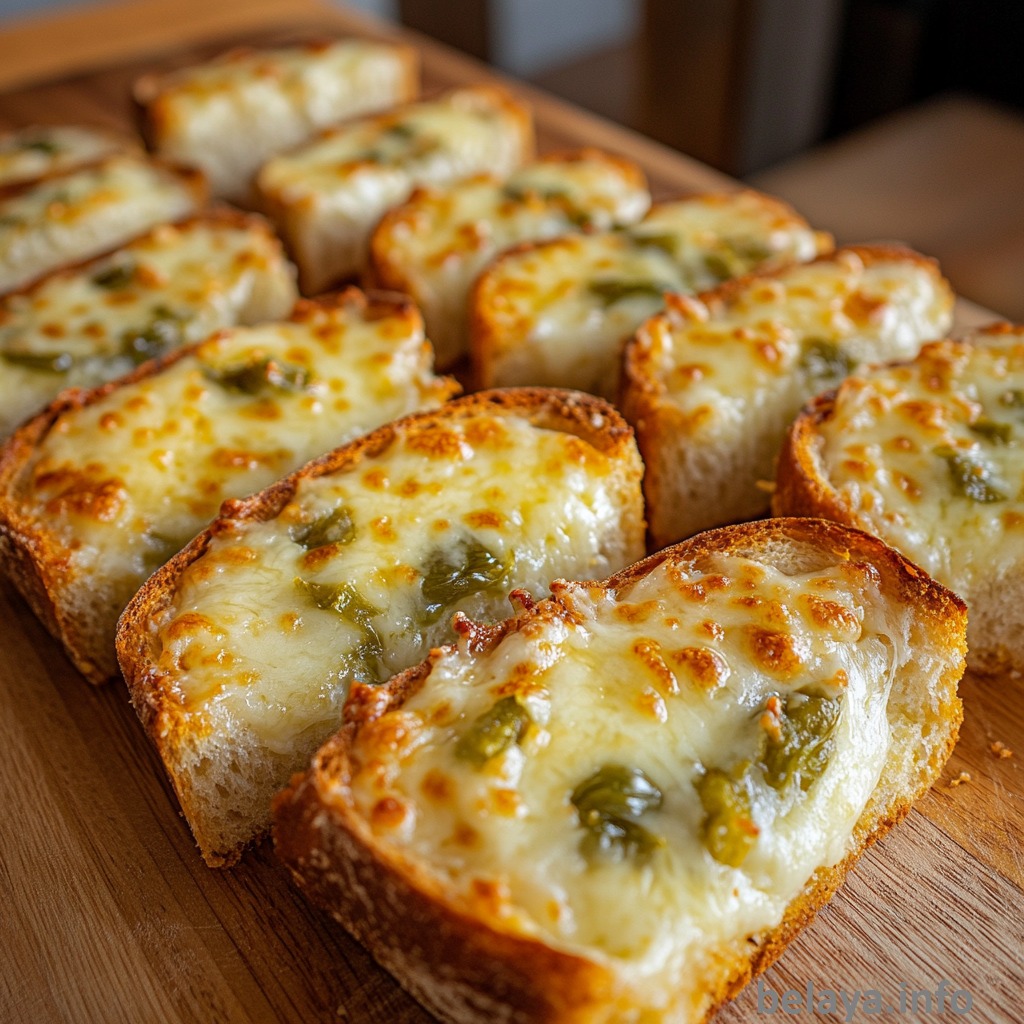Picture this: a rustic kitchen filled with the comforting aroma of slow-cooked meats, rich and savory, drawing you in like a warm embrace. This is the essence of our Pig Tails and Pig Feet recipe—a dish that transcends time and tradition, bringing with it a hearty sense of nostalgia and a celebration of humble ingredients transformed into a culinary delight. It’s a recipe that invites you to revel in the simplicity of life while indulging in the complex flavors that only time-honored cooking methods can achieve.
Origin and Cultural Significance
Steeped in history, pig tails and pig feet have been cherished across various cultures for centuries. From the bustling streets of Southern American towns to the vibrant markets of Caribbean islands and the quaint countryside of Eastern Europe, these cuts have been a staple in many traditional cuisines. Why, you ask? Simply because they represent a profound respect for the whole animal, a philosophy of using every part to nourish and satiate.
In the American South, especially, pig tails and feet have long been a symbol of resourcefulness and culinary ingenuity. During times when luxury cuts were scarce, these parts offered a flavorful alternative that could be stretched to feed large families. They are often associated with soul food and have a reputation for being the ultimate comfort dish, bringing people together around the table, where stories are shared, and bonds are strengthened.
Unique Ingredients and Flavors
At first glance, pig tails and pig feet might seem like an unusual choice for a dish. However, they are prized for their rich, gelatinous texture and the depth of flavor they bring to any recipe. When slow-cooked, these cuts release natural collagen, creating a luscious, velvety broth that coats your palate in sheer bliss.
The beauty of this dish lies in its ability to absorb and enhance the flavors of the accompanying ingredients. Typically, you might find the pig tails and feet simmering in a pot with aromatic vegetables like onions, garlic, and celery, seasoned with an array of spices that could include bay leaves, thyme, and a hint of cayenne pepper for a gentle kick. Imagine the subtle smokiness of paprika mingling with the earthiness of cumin, each spice toasting to perfection and adding its own layer to the symphony of flavors.
Cooking Techniques
The magic of this recipe unfolds slowly, like a well-told story. The key here is patience—allowing the meat to simmer gently, coaxing out every ounce of flavor and tenderness. You might begin by browning the pig tails and feet, creating a caramelized crust that seals in juices and adds a delightful depth. This step is crucial, as it transforms the humble cuts into something truly extraordinary.
Next comes the slow braise, an ancient technique that requires little more than time and a watchful eye. As the ingredients meld together, the kitchen fills with a tantalizing aroma that promises satisfaction. The slow cooking process not only tenderizes the meat but also allows the flavors to meld into a harmonious blend, much like a finely aged wine.
Crafting a Timeless Dish
Pig tails and pig feet may not be the most conventional cuts, but they offer a culinary adventure that is both rewarding and unforgettable. This dish is a testament to the art of cooking, where simplicity meets sophistication, and every bite tells a story of resilience and creativity. It’s about honoring traditions while inviting new generations to savor the richness of the past.
So, roll up your sleeves and get ready to embark on a journey that tantalizes the senses and warms the soul. Whether you’re a seasoned chef or a curious home cook, this recipe is an invitation to explore, experiment, and ultimately, enjoy the fruits of your labor. As you savor each bite, you’ll find yourself connected to a lineage of cooks who have cherished these flavors long before us, proving that sometimes, the simplest ingredients yield the most profound pleasures.
Savory Pig Tails and Feet Delight
Description
Tender pig tails and feet, simmered to perfection with aromatic spices, creating a hearty and flavorful dish that's sure to satisfy.
Ingredients
Main Ingredients
Aromatics and Seasonings
Herbs and Spices
Cooking Liquid
Additional Ingredients
Instructions
Preparing the Ingredients
-
Gathering Essentials
Start by gathering your pig tails and pig feet. Rinse them thoroughly under cold water to remove any impurities or bone fragments.Ensure you clean them well, as this is crucial for achieving that delightful, clean flavor. -
Marinating the Meat
Create a marinade with salt, pepper, minced garlic, and a splash of vinegar. Rub this mixture generously onto the pig tails and feet.Let them soak up the flavors for at least an hour in the fridge, but overnight is best for deeper penetration.
Cooking the Pig Tails and Feet
-
Browning the Meat
In a large pot, heat a tablespoon of oil over medium-high heat. Add the marinated pig tails and feet, searing each side until golden brown.This step locks in the flavors and adds a beautiful crust to the meat. -
Simmering to Perfection
Pour enough water to submerge the meat. Add bay leaves, chopped onions, and a hint of thyme. Bring to a boil, then reduce to a simmer.Cover and let it simmer for about 2 to 3 hours until the meat is tender and falling off the bone.
Finishing Touches
-
Thickening the Sauce
Once the meat is tender, remove it from the pot. Increase the heat to reduce the liquid to a thick, flavorful sauce.If you prefer a thicker sauce, mix a tablespoon of cornstarch with water and stir it in. -
Serving the Dish
Return the meat to the pot, coating it with the sauce. Serve hot, garnished with fresh parsley or chopped scallions.Pair with rice or crusty bread to soak up every last drop of the sauce.
Note
When preparing pig tails and pig feet, remember that the key to a flavorful dish lies in the slow cooking process. Start by thoroughly cleaning the pig tails and feet under cold running water to remove any impurities. For extra flavor, consider marinating them overnight in a mixture of your favorite spices, garlic, and a splash of vinegar or lemon juice. When cooking, begin by browning the pig tails and feet in a hot pan to develop a rich caramelized exterior. This step is crucial for depth of flavor. After browning, transfer them to a large pot or slow cooker. Add aromatic vegetables like onions, carrots, and celery for a robust base. Don’t forget to include bay leaves and whole black peppercorns for a subtle spice. Cover with a flavorful broth or a mix of broth and water, ensuring the meat is fully submerged. Simmer gently over low heat for several hours. This slow cooking will break down the collagen in the pig tails and feet, resulting in tender, gelatinous meat. Keep an eye on the liquid level, adding more broth if necessary. For a finishing touch, consider reducing the cooking liquid into a glaze, adding a splash of soy sauce or a dash of chili flakes for extra zing. This glaze can be brushed over the meat before serving. Remember, pig tails and feet can be quite rich, so balance the dish with a side of tangy coleslaw or a crisp green salad. For storage, keep leftovers in an airtight container in the refrigerator for up to three days. Reheat gently to maintain the dish’s tenderness.












